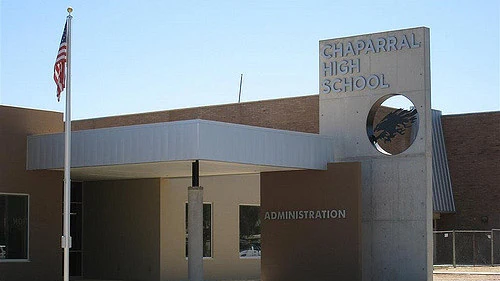
Source: The Washington Post
The state of our schools in America indicates that our lack of investment in infrastructures may pose obstacles for millions of students.
According to a 2016 study conducted by 21st Century School Fund, Inc., U.S. Green Building Council, Inc., and the National Council on School Facilities, the infrastructures that make up half of the commercial space in the US is heavily underfunded, since this is where children spends the majority of their young lives. Evidence suggest that the learning environment affects the student’s performance, attendance and teacher turnover.
For schools in poor neighborhoods, this is a greater issue because 82 percent of each school’s funding relies on local funds. This places students of low-income neighborhoods immediately at an educational disadvantage. The collaborative report suggests investing $46 billion nationwide on schools’ infrastructures.
The report suggests that a short-term solution might include a major push to bring the most under-funded schools up to standards. A long-term solution would be to encourage the EPA to invest in improving health standards in schools, like water quality and reducing health hazards, or to encourage the Energy Department to invest in creating greener schools, to free up funds that might otherwise go to waste in heating and cooling.
Read full story at: The Washington Post
